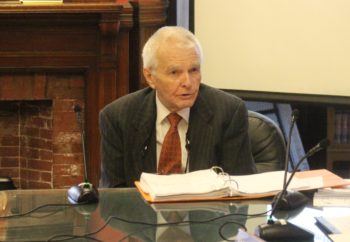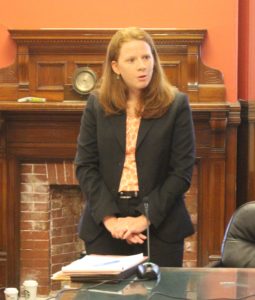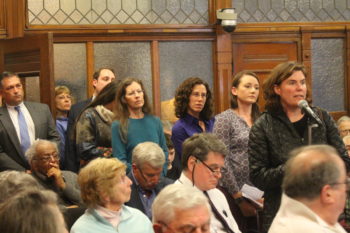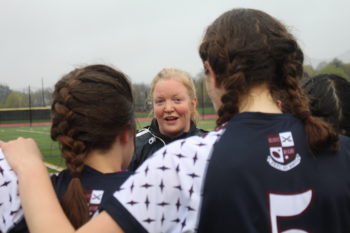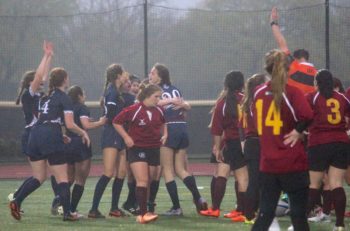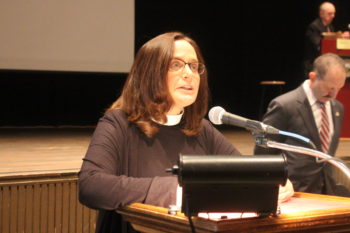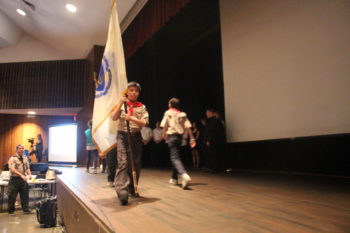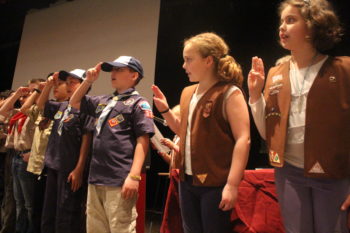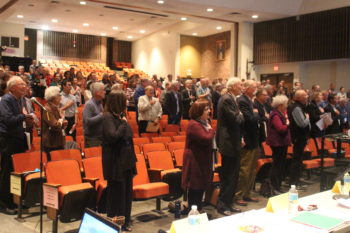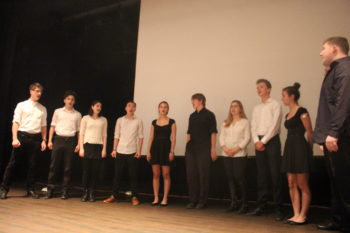Photo: Belmont Town Meeting.
Seven down, three to go as Belmont’s annual Town Meeting convenes tonight, Monday, May 8 at 7 p.m. to take up the last warrant articles remaining in the meeting’s first segment.
Town Meeting is traditionally broken up into two segments, A and B with the first sessions dealing with non-financial articles – except for the five projects being presented by the Community Preservation Committee.egment B sessions will deal with the financial articles and will be held in June.
Segment B sessions will deal with the financial articles and will be held in June.
The final trio of non-budgetary legislative actions Town Meeting will debate and vote on are:
- Article 8: Refer to a study committee the article that would increase the membership of the Board of Selectmen from three to five members.
- Article 9: Empower the Board of Selectmen to consider all options for waste management in the town, including waste metering such as pay-as-you-throw systems, as part of their ongoing role as financial managers of the town.
- Article 10: Welcoming Town designation.


